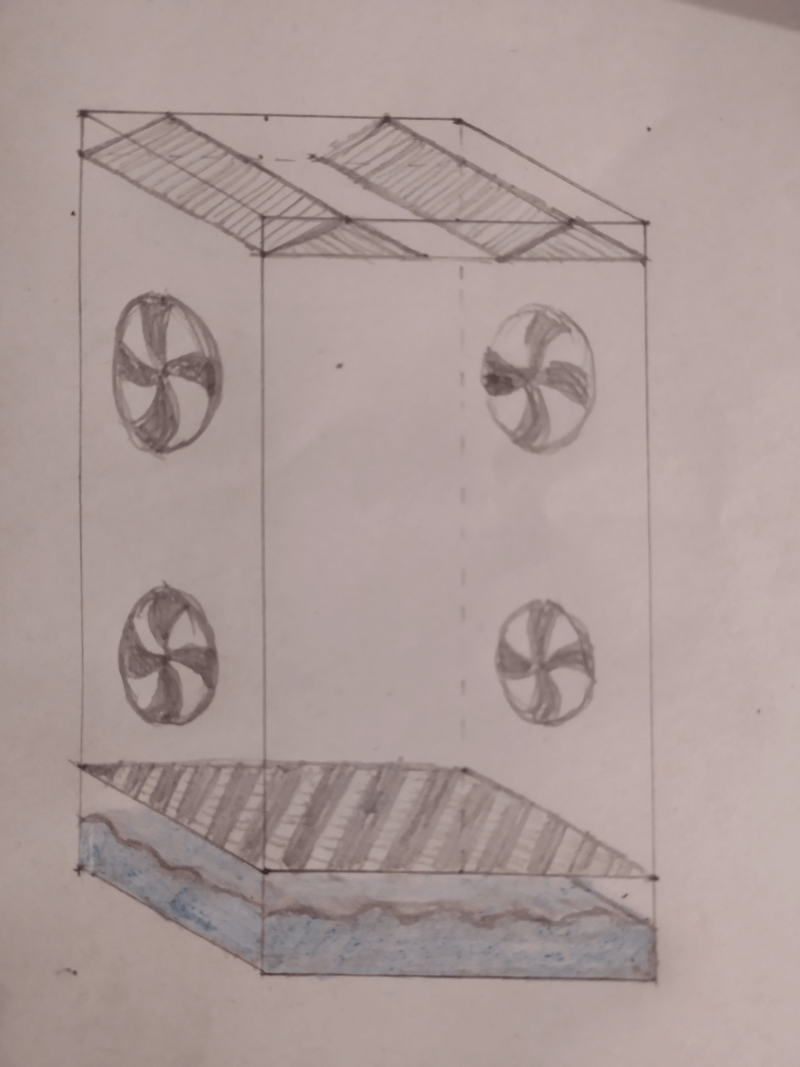
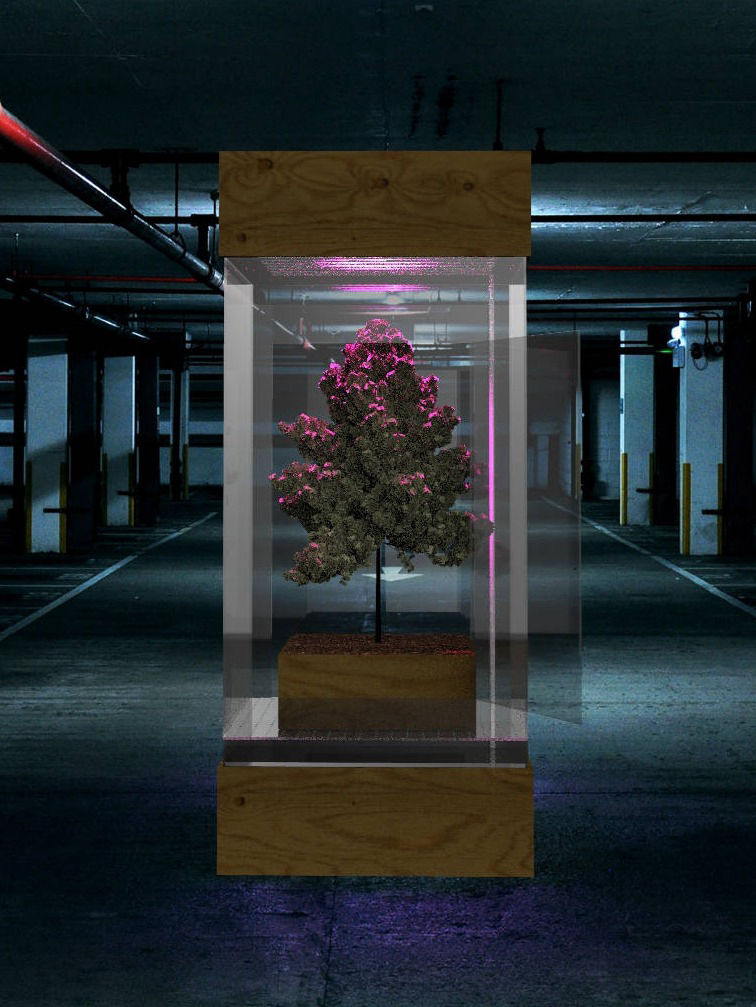

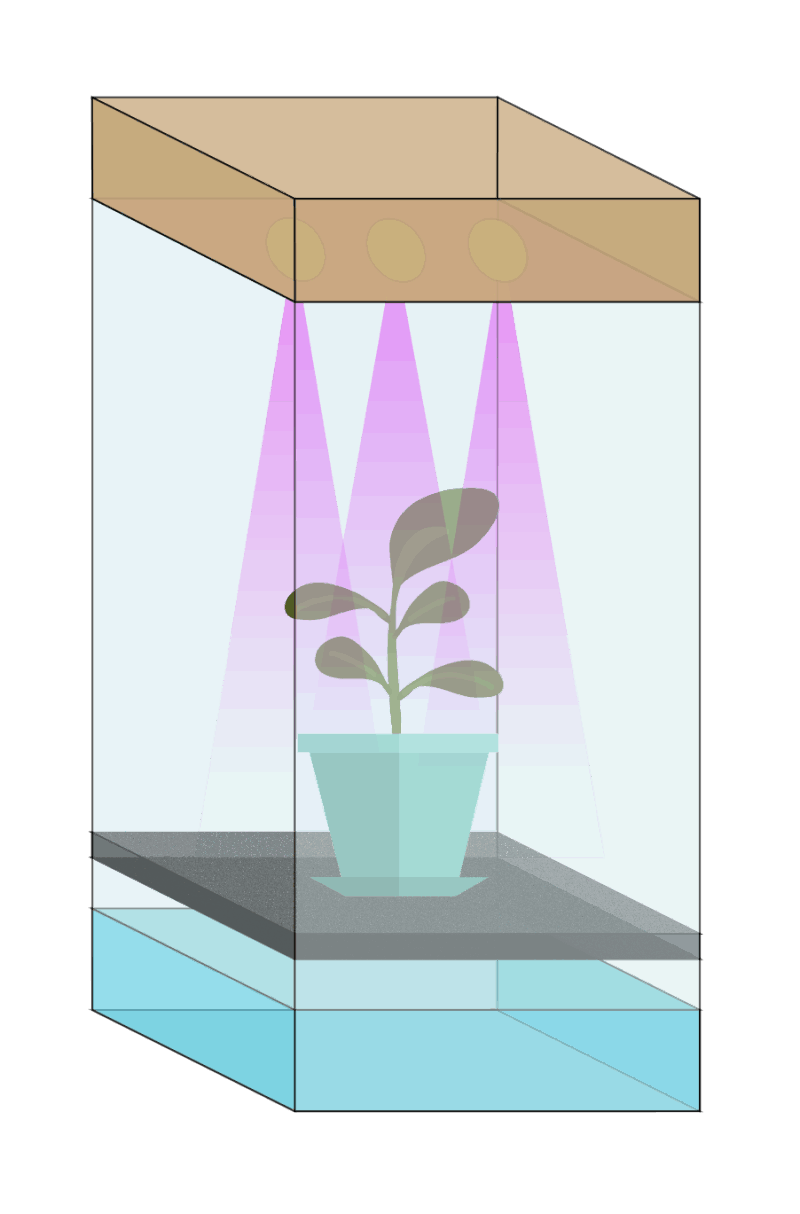
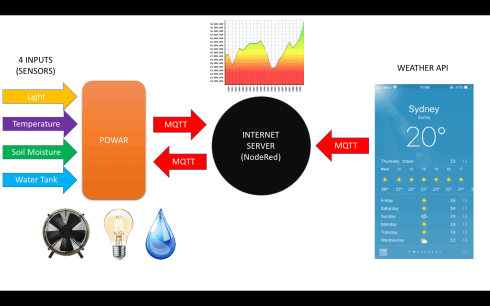

So I did one schematic for each part of the process, and a single code for each one so the kids could understand how the machine was built, and they could test each sensor individually and then star to put everything together. Some of the students had to do the exercise in TinkerCad to at least understand how an Arduino board works.
All of this codes, schematics, instruction and documentation is part of my POWAR personal Git I created for scaling the project. For this I even created an specific BOM and created some kits so that the students had all the materials to fabricate it, but sadly, the students never ended up building a new version of POWAR, but instead, took the knowledge they got from the workshops we did and created something new, which I also find interesting as a part of the project.
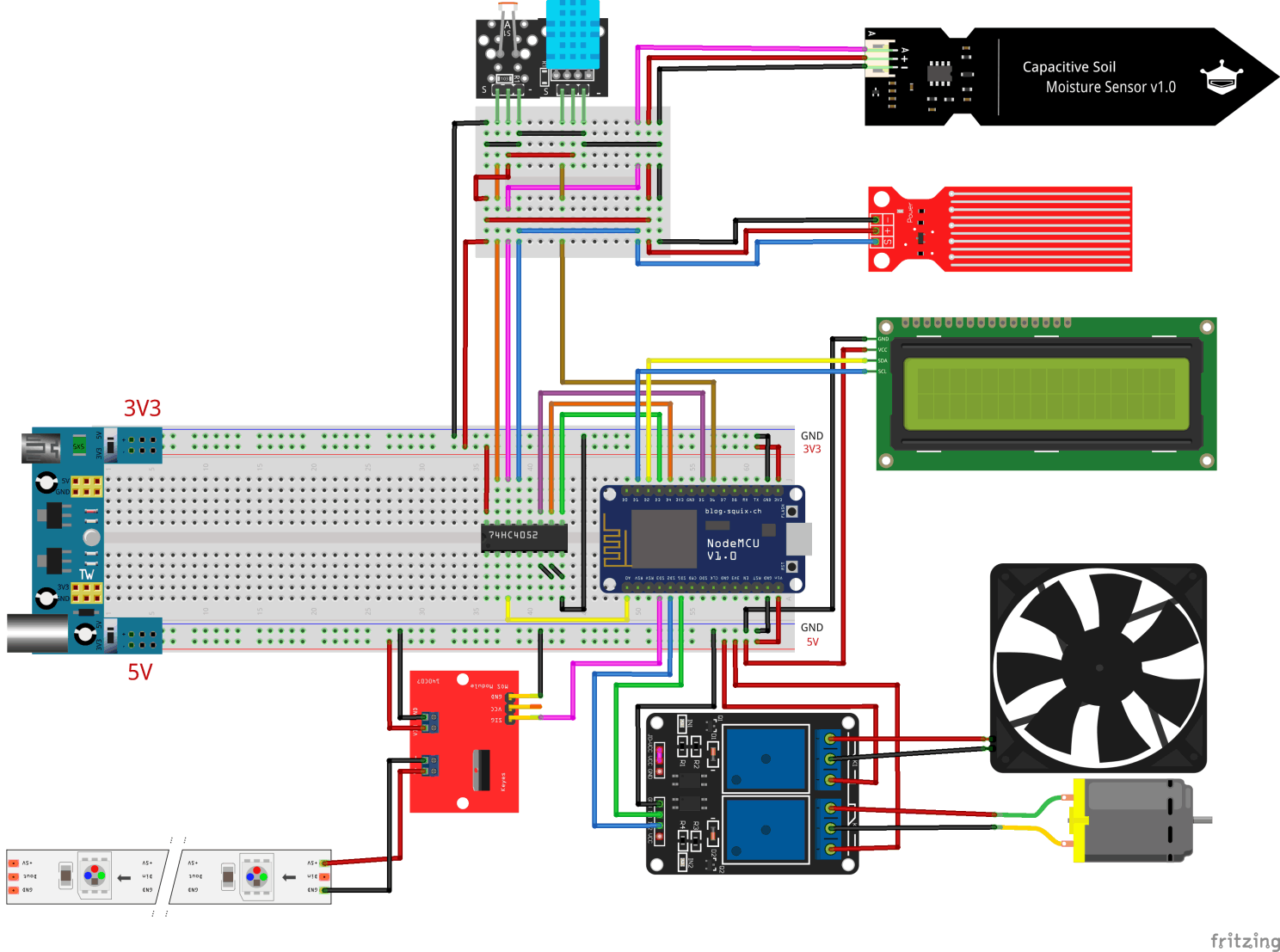
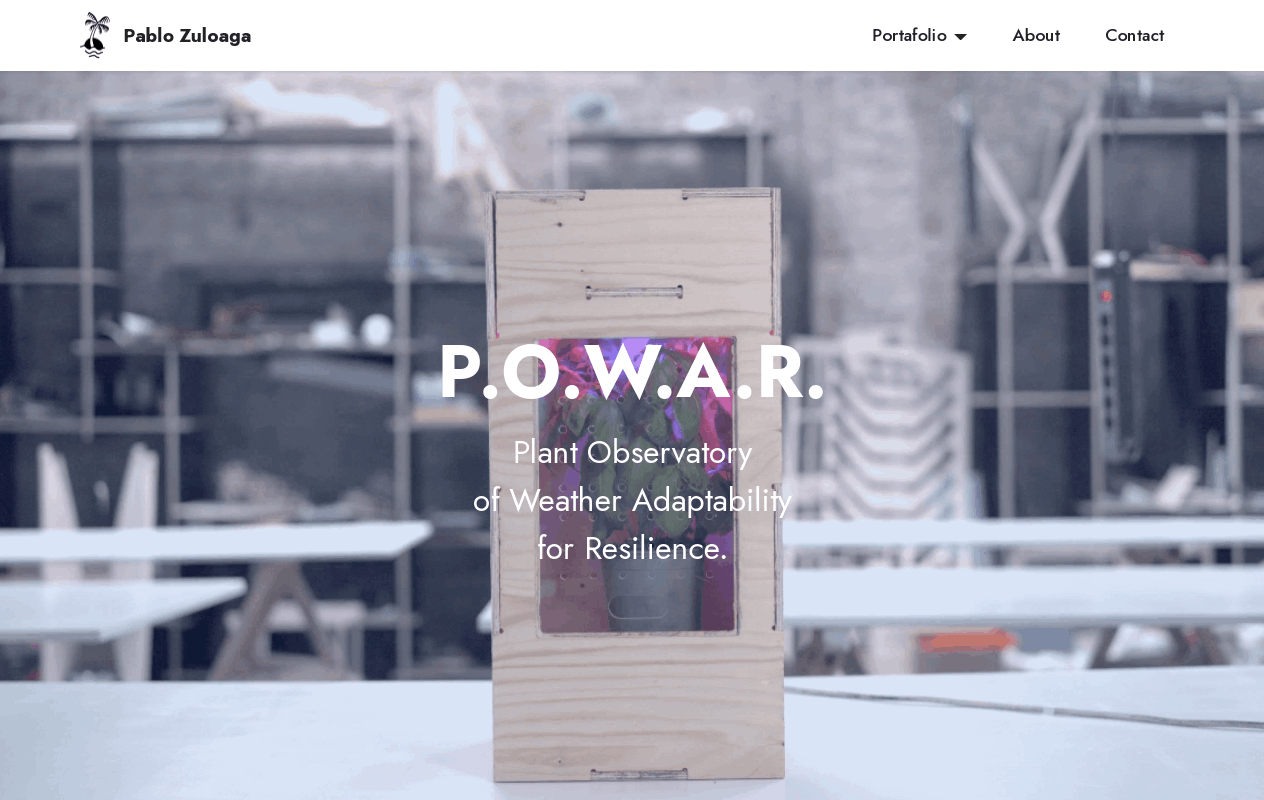


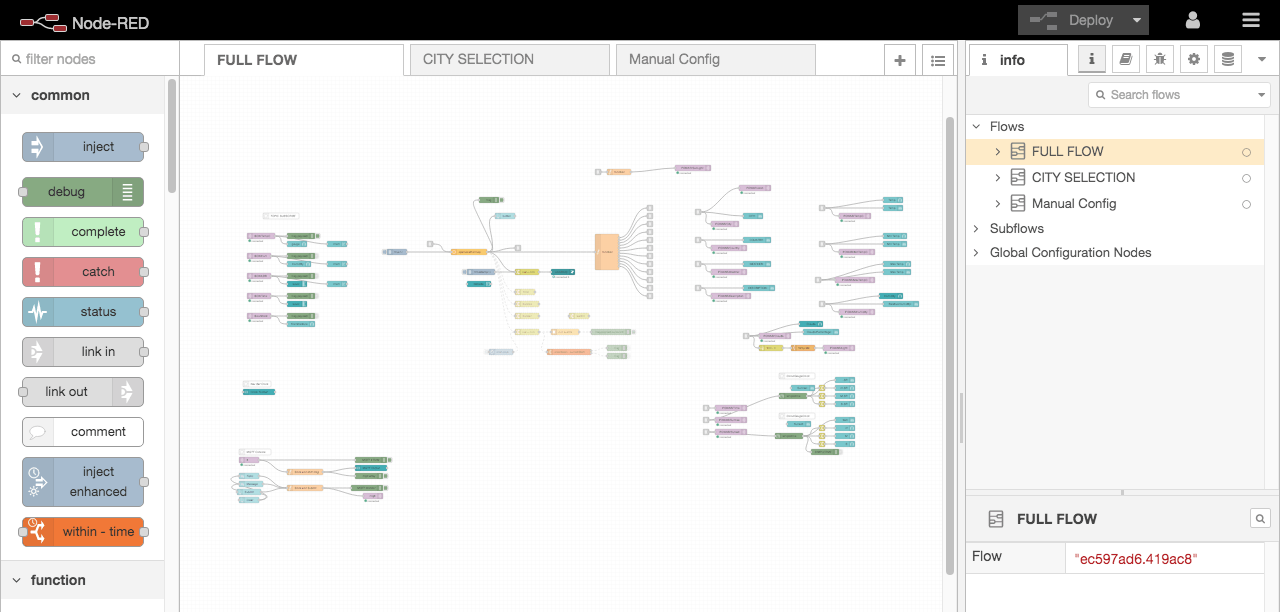
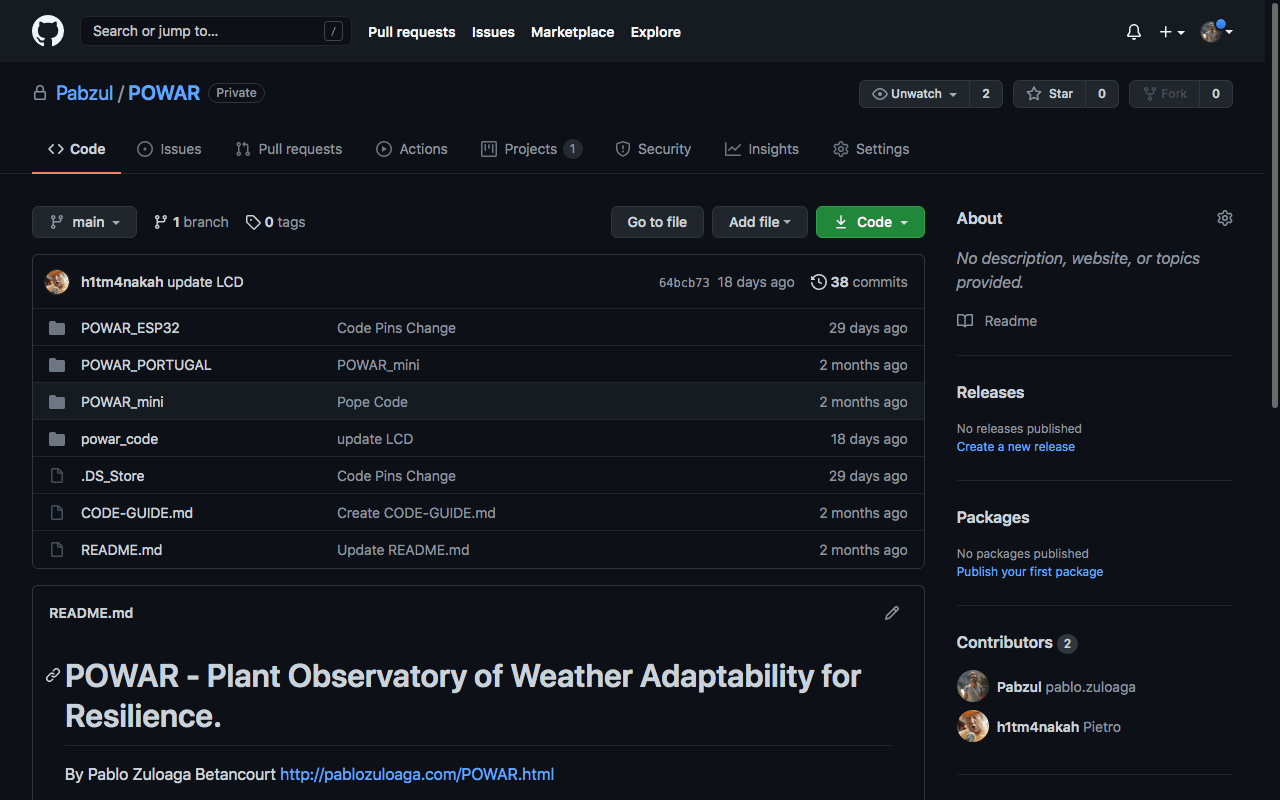
Because the project started to have some interested investors from an editorial company in Cataluña, Spain, who want to use it as a STEAM education methodology to teach the kids about climate change in a more practical way. So for the editorial company to start promoting the project, I also created a mini version of POWAR, made out in laser cut wood, that would only have an Arduino inside, an LCD screen, a moisture sensor, and an RGB led ring.
The intention of this mini version was to send it to different people like politicians, educators, and other important people that could invest or promote the project to implement it in the Spanish educational system, as part of a bigger methodology they are designing.
One of the nicest things about this, was that I was getting a little invest to iterate with the technology I was using, so I could start testing different water pumps, development boards, box sizes and even codes.
The pictures above, where you can see the 5 POWAR MINI boxes, reminded me of a comment Neil did when I presented the project to him "I imagine something similar to the Prusa 3D printing farm with this... a room full of boxes experimenting with different weather conditions"... well, even dough this ones don'd experiment with different weathers, it's a first step to what Neil said.

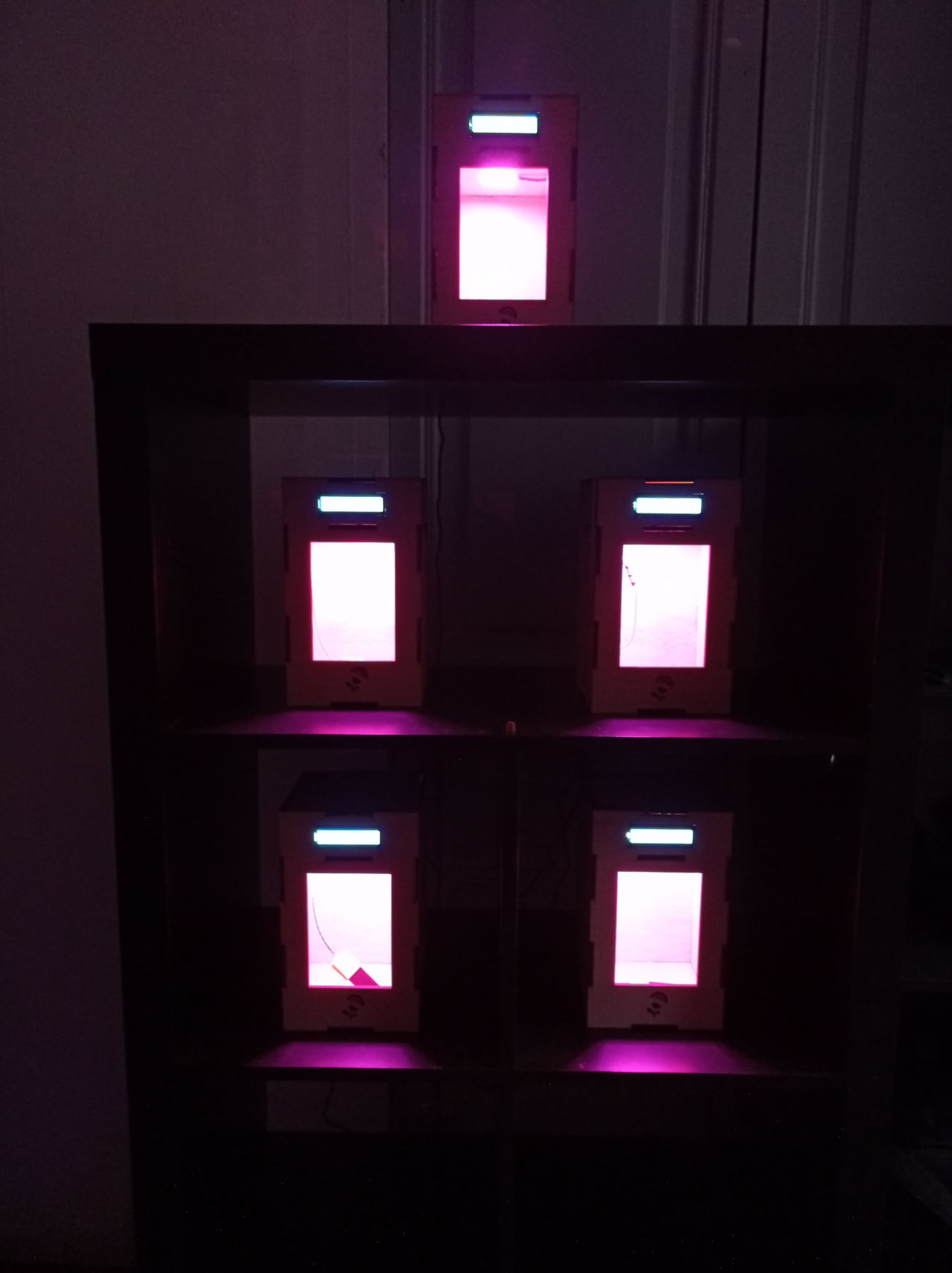
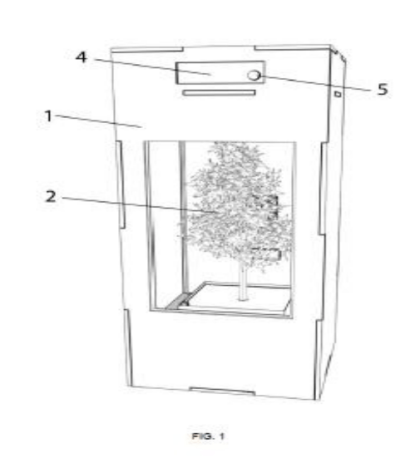

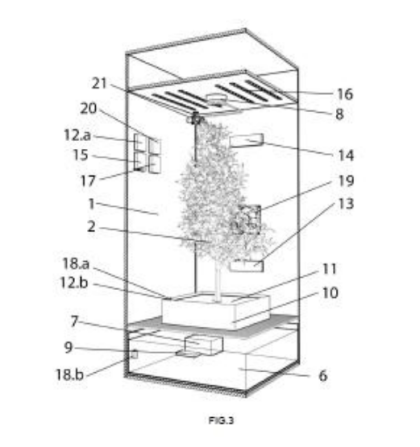
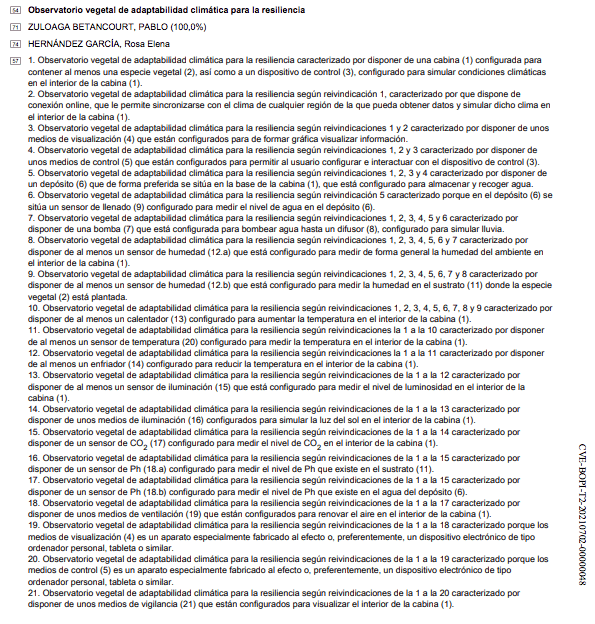




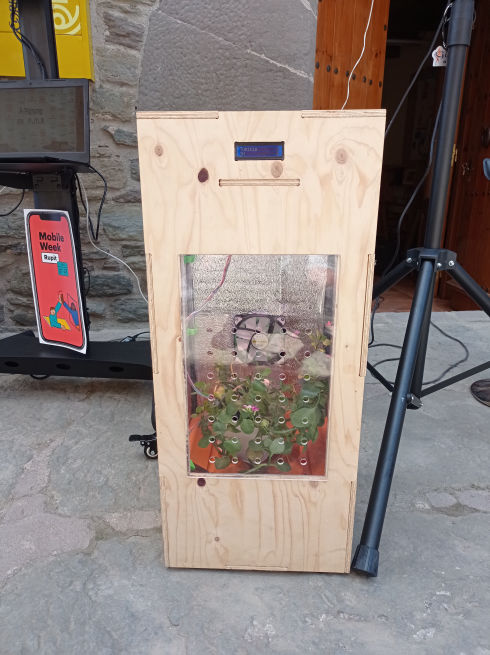
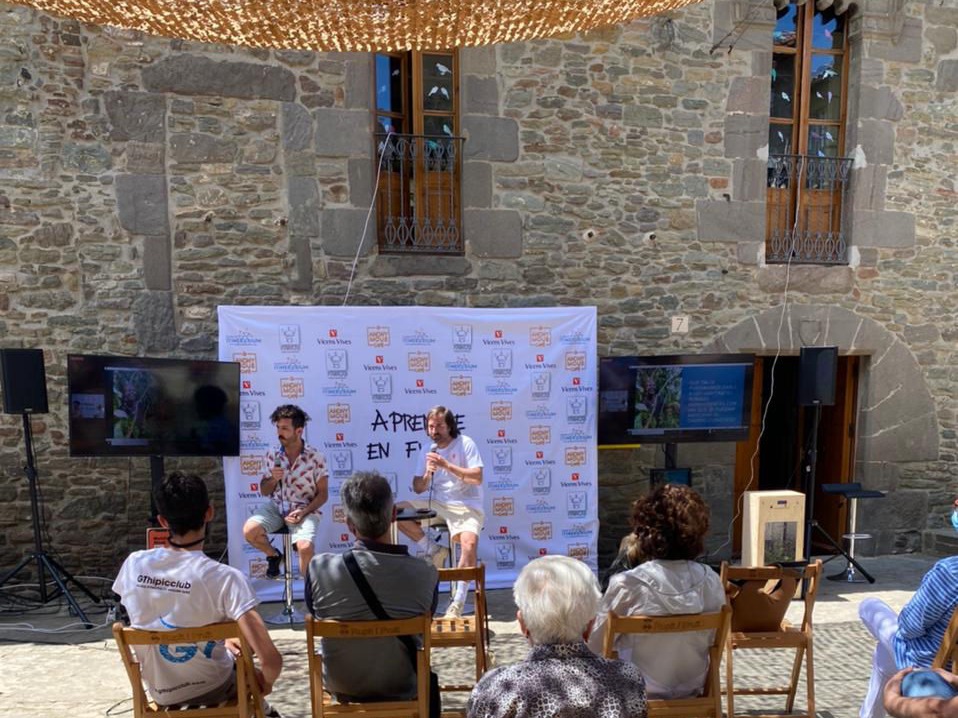
This website was made with Mobirise